“Design practices have to become multidisciplinary”
As designer Benjamin Hubert launches new consultancy Layer, we talk to him about how design is becoming more multidisciplinary and how to tell these new design stories.
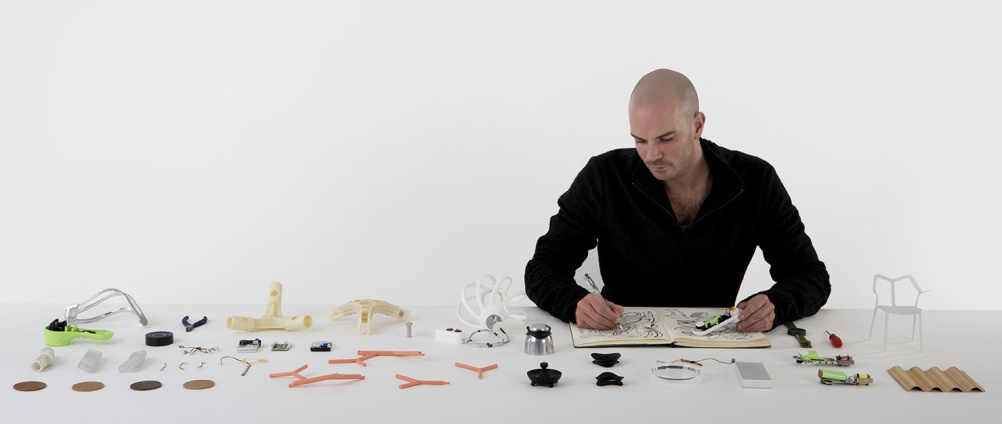
Design consultancy Benjamin Hubert is relaunching this week as Layer, in a move the studio’s founder Benjamin Hubert says “will reflect our multi-layered, research-led approach”.
The Benjamin Hubert studio was founded in October 2010 and has worked with product, luxury and interiors brands. Hubert says this relaunch reflects how the consultancy is now working on wider-ranging projects with clients such as Nike, BMW and Braun.
We talk to Hubert about the relaunch and about why all designers need to become multidisciplinary.
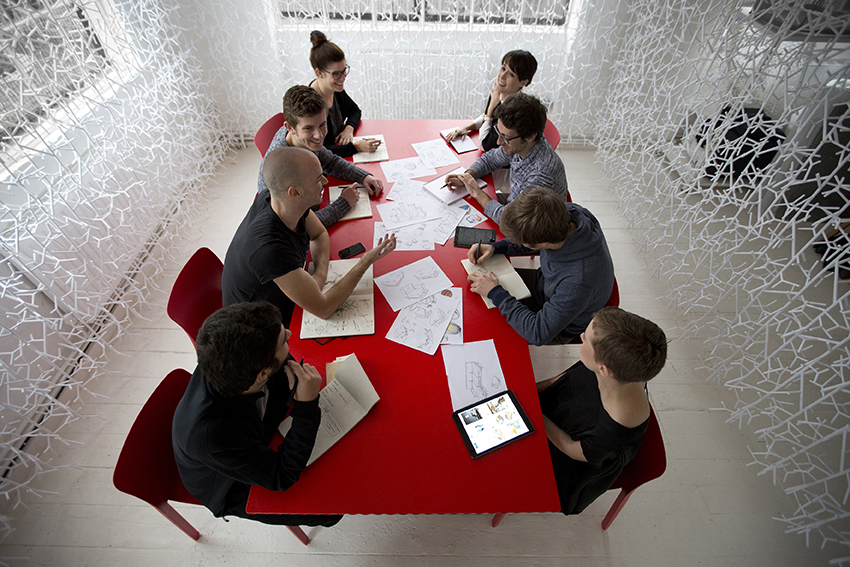
Design Week: Why did you decide to relaunch your practice as Layer?
Benjamin Hubert: I has been thinking about the process of moving away from having your name above the door and leading a style-based practice. With that, obviously people think its all your taste and personal point of view and expect you to be personally involved in every aspect of everything.
The kind of work that we’ve doing over the last 18 months are projects that use design as a more powerful tool – as a tool for both living better and improving things. They also use design as a tool for change in the sense of business – not just creating a single product but really to be able to talk all the way through the business.
I decided that under my name this wasn’t going to be very easy to communicate – I wanted a name that would represent the growing team here and something that would be reflective of us offering more layers of worth than just an individual’s point of view. We also wanted to represent that we work with a lot of big companies away from the interiors world.
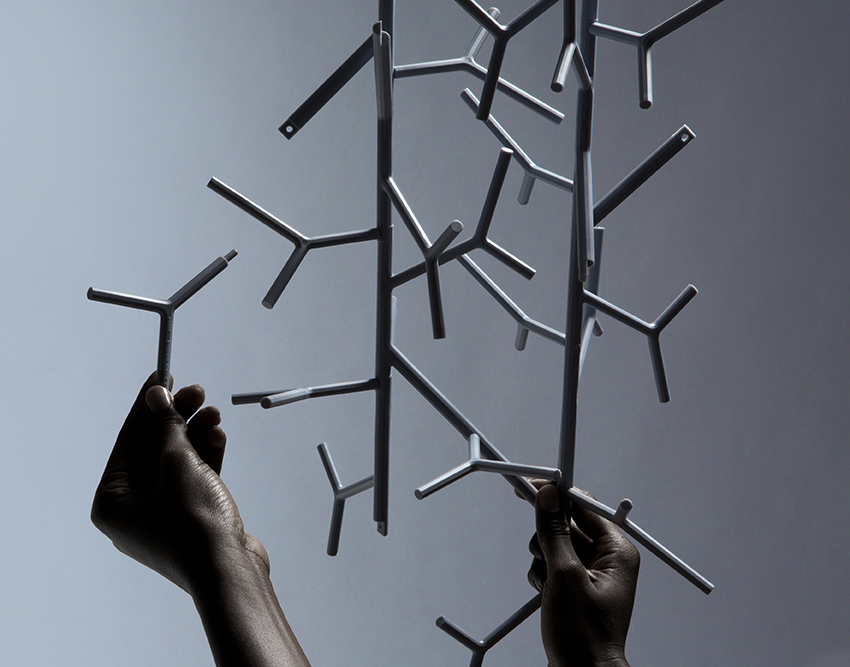
DW: How are you going to tell the stories of these kinds of projects, which might be less focused around a particular outcome?
BH: We’ll be talking values first I suppose – in terms of how our work resonates with how the world is working, how people are living and the constraints we’re under. In the end though the work has to speak for itself.
Currently about 20% of our work is in products and luxury goods but we’re doing much less of that. We’re moving away from the types of projects that are all about a nice prototype where there might be 20 designers designing for a brand and they’re all show in Milan and then one of them is chosen to go into production.
Companies that we work with like Fritz Hansen and Herman Miller are thinking about how people use products and how that leads development, but they launch a single product a year – or two products a year – and it really drives their business forward. I think in that way design is more meaningful and what we do is more meaningful for them – so that’s the kind of arena we now sit in.
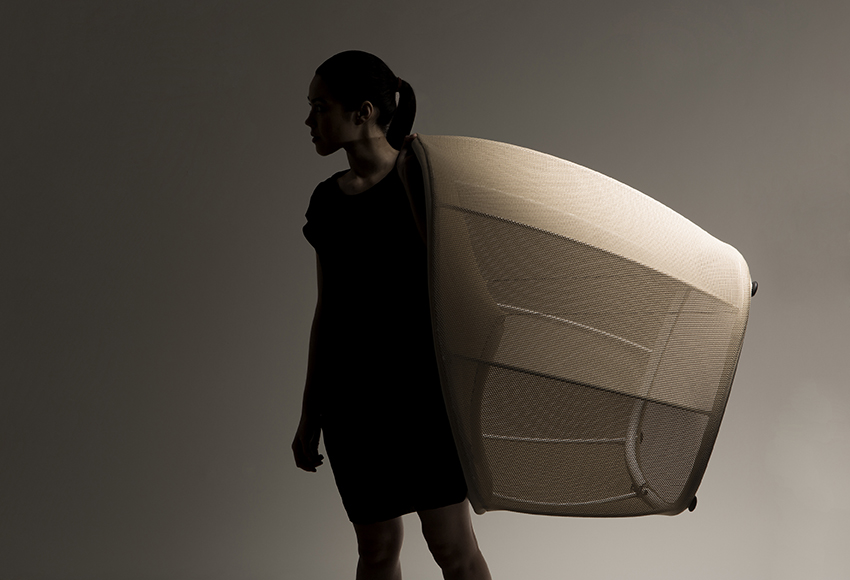
DW: Is the relaunch the result of a fear of being stereotyped as a product or a furniture designer?
BH: With the studio, we created something that a lot of people started talking to us about – so from that point of view I’m very proud of what we did. But now the work here is so diverse in terms of whether its digital, whether its user interface or packaging, that we can’t really put it under such a stringent banner.
So really it was the change in work that led to this more open language and branding, rather than the other way round and being concerned about being pigeonholed – we had started to find ourselves with lots of opportunities.

DW: Are you going to grow the consultancy? And if so how?
BH: We’re a team of about 10 at the moment and we have some very interesting an very challenging projects. We’re recruiting industrial designers and researchers, particularly in the field of user interface and user experience. But everything goes hand-in-hand here – everything crosses over and teams are built around projects.
BH: It has to be multidisciplinary. I think design practices are becoming less based around one thing – I think agencies that are successful have to offer that complete holistic view.
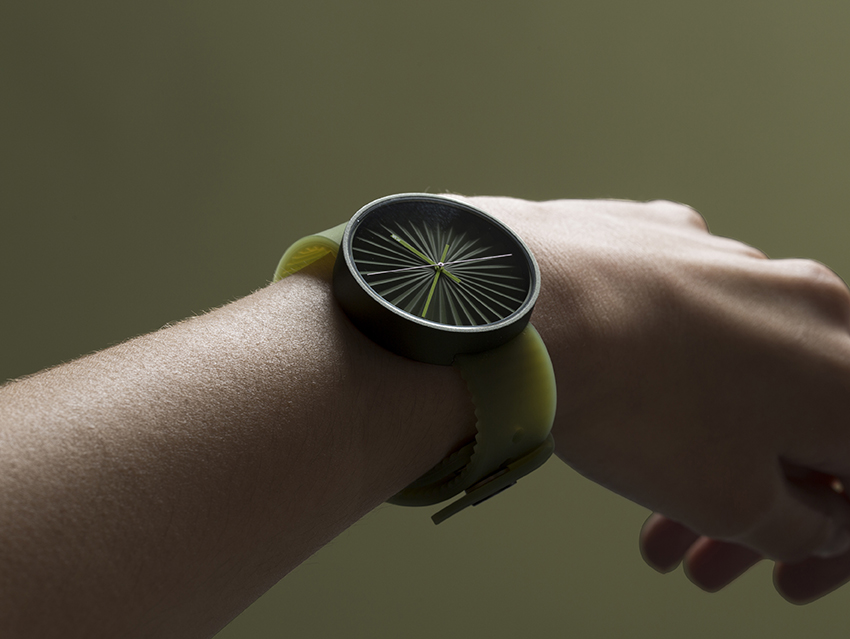
DW: With this growth in multidisciplinary practice, do you think it’s becoming harder to define and explain what a designer does?
BH: In the end as the work grows it will become clear and clearer what we do and eventually people will look at the work and they’ll decide.
What we think about is delivering as much as possible a total experience. Design is much broader and it can be the way a product is communicated as much as the way it looks and feels and is used.
Even if you look at something like furniture design, the traditional model – where 20 years ago people would design something and live off the royalties and design a very small number of things – that’s changed huge amount as well. We opened a retail platform and had to work in lots of different ways in order to start growing a business.
This is true of what we’re doing now – you need to offer a complete solution and you can’t just say: “Here’s a nice piece of industrial design and its made from a but of plastic at this cost” – you need to be able to talk in much more general terms.
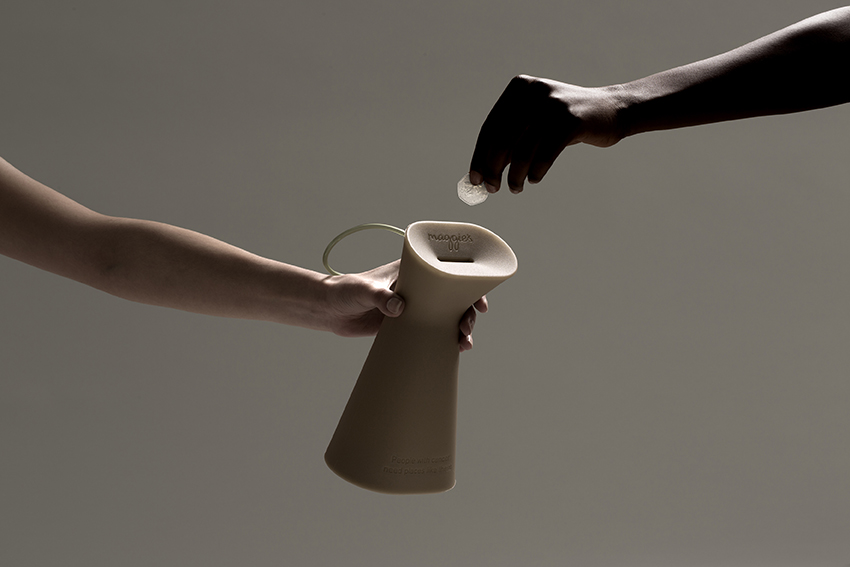
DW: What sort of work are you hoping to do when the new consultancy launches?
BH: We’re working much more in technology and doing a lot of work in applications. Like a lot of people we’re looking at connecting software to hardware and the connected home.
We’re also trying to do as much as possible with not-for-profits and working on projects that are not about making money but very much about improving the quality of life. That’s a big growth area for us and something that we’re trying to invest in. It’s using design for what it should be for – improving things.
We’re working with [cancer charity] Maggie’s and the first project is to redesign the ubiquitous collection box – which unbelievably nobody has ever really considered.
We’re also talking to them and working on projects to do with the diagnosis of cancer and how technology can help what is a very difficult process.
We’re now looking at much more accessibly technology in emerging markets. The projects we’re working on are about making business as successful as possible in developing countries – rather than giving everyone access to the internet its about making the internet the most powerful tool for business.
-
Post a comment




